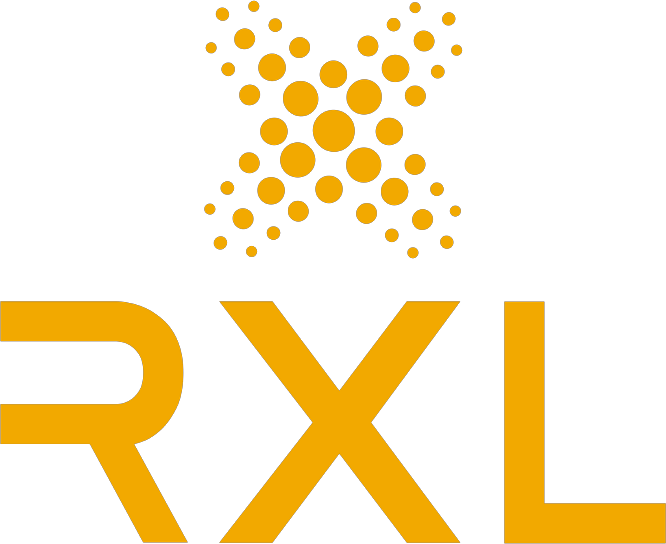Blockchain technology has evolved from a niche concept into a transformative force reshaping industries worldwide. Initially introduced as the underlying infrastructure for Bitcoin, blockchain has expanded its applications across various sectors, including finance, supply chain management, healthcare, and governance. This article explores the evolution of blockchain technology, its current state, and the future prospects of a decentralised digital ecosystem.
The Genesis: Birth of Blockchain and Bitcoin
In 1991, researchers Stuart Haber and W. Scott Stornetta proposed a cryptographically secure chain of blocks to timestamp digital documents, preventing backdating or tampering. This concept laid the groundwork for blockchain technology. However, it wasn’t until 2008 that the first practical implementation emerged.
In that year, an individual or group under the pseudonym Satoshi Nakamoto introduced Bitcoin, a peer-to-peer electronic cash system. Bitcoin utilised a decentralised ledger—blockchain—to record transactions, eliminating the need for a central authority like a bank. This innovation sparked the development of numerous cryptocurrencies and blockchain-based applications.
The Second Generation: Smart Contracts and Ethereum
While Bitcoin’s blockchain was primarily designed for financial transactions, it had limitations in programmability. In 2013, Vitalik Buterin proposed Ethereum, a blockchain platform that extended the concept by allowing developers to create smart contracts—self-executing contracts with the terms of the agreement directly written into code.
Launched in 2015, Ethereum introduced the Ethereum Virtual Machine (EVM), enabling decentralised applications (dApps) to run on its blockchain. This advancement opened doors to a myriad of use cases beyond cryptocurrency, including decentralised finance (DeFi), supply chain tracking, and digital identity verification.
The Third Generation: Scalability and Interoperability
Despite Ethereum’s success, it faced challenges related to scalability and high transaction costs. These issues prompted the development of third-generation blockchains aimed at improving performance and interoperability.
Polkadot and Interoperability
Founded by Ethereum co-founder Gavin Wood, Polkadot introduced a multi-chain framework that allows different blockchains to interoperate. Its unique consensus mechanism, Nominated Proof-of-Stake (NPoS), enables secure and scalable communication between chains, fostering a more interconnected blockchain ecosystem.
Ethereum 2.0: Transition to Proof-of-Stake
Ethereum addressed its scalability issues by transitioning from a Proof-of-Work (PoW) to a Proof-of-Stake (PoS) consensus mechanism through an upgrade known as Ethereum 2.0. This transition, completed in 2022, significantly reduced energy consumption and increased transaction throughput, paving the way for more sustainable and efficient blockchain applications.
The Rise of Web3: Decentralising the Internet
The concept of Web3 emerged as a vision for a decentralised internet, where users have control over their data and digital assets. Built upon blockchain technology, Web3 aims to shift the internet’s power dynamics from centralised platforms to individual users.
Web3 encompasses various technologies, including:
-
Decentralised Finance (DeFi): Financial services without intermediaries, offering lending, borrowing, and trading on blockchain platforms.
-
Non-Fungible Tokens (NFTs): Unique digital assets representing ownership of items like art, music, and virtual real estate.
-
Decentralised Autonomous Organisations (DAOs): Organisations governed by smart contracts, allowing for transparent and democratic decision-making processes.
Blockchain in Enterprise: Beyond Cryptocurrency
Enterprises have increasingly adopted blockchain technology to enhance transparency, security, and efficiency in their operations.
Supply Chain Management
Blockchain provides immutable records of transactions, enabling businesses to track products from origin to consumer. This transparency helps in verifying authenticity, reducing fraud, and ensuring compliance with regulatory standards.
Healthcare
In healthcare, blockchain facilitates secure sharing of patient data, ensuring privacy and reducing administrative burdens. It also aids in tracking pharmaceuticals to combat counterfeit drugs.
Government and Public Services
Governments are exploring blockchain for various applications, including digital identity verification, land registries, and voting systems. Estonia, for instance, has implemented blockchain technology in its e-Residency programme, allowing global citizens to establish and manage businesses online securely.
The Future: Quantum Resistance and Integration with Emerging Technologies
As blockchain technology continues to evolve, several trends are shaping its future.
Quantum-Resistant Cryptography
With the advent of quantum computing, traditional cryptographic methods may become vulnerable. Research is underway to develop quantum-resistant algorithms that can secure blockchain networks against potential quantum attacks .
Integration with Artificial Intelligence (AI)
The convergence of blockchain and AI holds promise for automating processes, enhancing data analytics, and improving decision-making. For example, AI can optimise blockchain protocols, while blockchain can provide secure data for AI models.
Internet of Things (IoT) and Blockchain
Integrating IoT with blockchain enables secure and transparent data exchange between devices. This integration is crucial for applications like smart cities, autonomous vehicles, and industrial automation.
Conclusion
Blockchain technology has undergone significant evolution since its inception, transitioning from a digital ledger for cryptocurrencies to a foundational technology for decentralised applications across various sectors. As we look to the future, the continued development of blockchain, coupled with advancements in quantum-resistant cryptography and integration with emerging technologies like AI and IoT, promises to further transform the digital landscape. Embracing these innovations will be key to unlocking the full potential of a decentralised and secure digital future.
